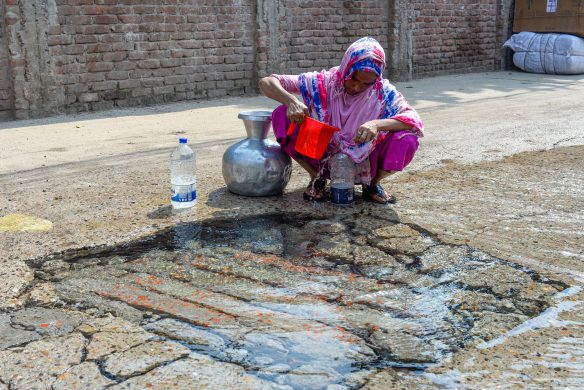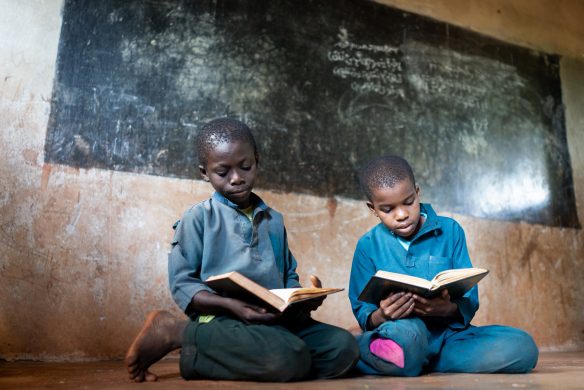Regnskoven i Amazonas lever ikke længere så godt op til sin betegnelse på grund af den omfattende afskovning, der gør, at den ikke længere fungerer som en gigantisk “vandpumpe”, konkluderer forsker i ny videnskabelig rapport.
Twenty percent of the Amazon is deforested and another 20% is degraded, writes Amazon Watch Friday.
The Amazon rainforest has begun to fail its role in regulating the climate in South America, according to biochemist Antonio Nobre, of Brazil’s National Institute for Space Research (Inpe in the Brazilian acronym).
Following a request by environmental NGOs coordinated by the Amazon Regional Movement (ARA), Nobre has published a report revising 200 pieces of research in regards to the situation in the area, which concluded that the rainforest is already giving off a weakening signal in its role of pumping humidity from the ocean into inner South America, among other problems.
Its role as “a biotic water pump” demonstrated in Nobres’s previous works, may be at risk.
The consequence is that the rain that occurs from within the biome as well as a in a polygon to the South of the continent, east of the Andes, may not reach its usual destination at the same rate.
Reforestation is necessary
In order to revert the situation, Nobre says that the solution is not to merely bring deforestation to a halt, but also to start a broad process of reforestation, because the drought that southeastern Brazil is currently experiencing may already be a consequence of the destruction of the Amazon.
Nobre says he was “shocked” to find out the volume of recent evidence on this phenomenon in research published in indexed journals. He nevertheless opted to publish his conclusions initially as a report in accessible language, aimed at the public at large.
“Discussing this issue with sciences is like preaching the lord’s prayer to a priest”, Nobre said yesterday in São Paulo, where his work was released.
Nobre’s report, entitled “The Future Climate of the Amazon” cites more up-to-date research pieces than those published in the latest report by the UN’s IPCC, for instance, which does not predict such difficult problems in the region.
Will the Amazone turn into a savanna?
The panel was more cautious when it affirmed, for example, that the Amazon may eventually become a savanna, pressed by climate change, a prediction most people had thought of as the safest.
“Because no current climate model incorporates any mechanisms or effects predicted by the biotic water pump theory, especially the potential effects of changes in wind circulation, its projections may be uncertain”, Neves wrote in his report.
The scientist found another factor that had been underestimated in some mathematical models that try to reproduce the interaction between the rainforest and the climate: the degradation of areas of vegetation that have already lost good part of its trees and biodiversity, but that appear in satellite images as intact rainforest.
Reaching a tipping point
This means that 40% of the rainforest is disadvantaged at different levels, a similar percentage estimated in research that predicts the exact point at which the rainforest would not be able to support itself on its own, unable to guarantee its own humidity.
“We are reaching a ‘tipping point’, where the system is increasingly unable to compensate any further”, he says.














